Volcanic Hazards
1/50
Earn XP
Description and Tags
Vulcanicity, Magma and Lava Types, Volcanic Hazards, Types of Volcanoes,
Name | Mastery | Learn | Test | Matching | Spaced |
|---|
No study sessions yet.
51 Terms
Why learn about volcanoes?
They kill people every year when they erupt. They also cause economic problems such as airport closures
Some are deadly and have the potential to wipe out most/all life on our planet (supervolcanoes, e.g. Yellowstone)
The more we learn about them, the more we can predict and prepare for them
They created our atmosphere (all 4 layers) and still release CO2 into our atmosphere
They release water vapour onto our planet’s surface so they created 50% of the water on our planet
Volcanoes bring social and economic opportunities (tourism)
What is meant by the “nature” of a volcanic hazard?
The distribution - where they are
The frequency - how often they erupt
The magnitude - size, type and violence of the eruption on the VEI scale
What is the VEI scale and what does it measure up to?
Volcanic explosivity index
1-8
Where are volcanoes located? (distribution)
95% of all volcanoes are on/near plate boundaries
5% are intraplate
Where are most volcanoes found?
60-70% are found around the Pacific plate
Volcanoes at constructive and destructive plate boundaries (frequency and magnitude)
More frequent and lower magnitude eruptions tend to be found at constructive plate boundaries. Lava will be more runny, travel further, gasses will be able to escape easily
Less frequent and higher magnitude eruptions tend to be found at destructive boundaries. Thicker, slower moving lava, gases trapped inside are not able to escape as easily
Magma
A mixture of lava (molten rock) AND gas found in the mantle
Lava
Hot molten or semi-fluid rock erupted from a volcano
If magma reaches the planets surface, the gas escapes and leaves behind just the lava
What are the three types of lava?
Basaltic (thin and runny)
Andesitic
Rhyolitic (thick and pasty)
What do the silica contents of lava determine?
How thick or viscous it is
Silica levels determining the characteristics of lava
Above 55%, lava will be thicker, more viscous and slower moving. Gases trapped inside are not able to escape as easily
Below 55%, lava will be more runny, travel further and gases will be able to escape easily
Characteristics of basaltic lava
FOR REFERENCE:
Location
Silica levels
Eruption temperature
Viscosity
Hazard risk
Plates
From deep in the mantle
Low silica content (40%)
Eruption temperature 1000°C
Non-viscous (runny), flows over long distances and can create black ash (tephra); gentler eruption
Low hazard risk
Mostly found at constructive plate boundaries
Characteristics of andesitic lava
FOR REFERENCE:
Location
Silica levels
Eruption temperature
Viscosity
Hazard risk
Plates
A mix of old and new plates
High silica content (55%)
Eruption temperature 800°C
Viscous (solidifies quickly); flows over short distances; pressure can build into violent eruptions
Sticky consistency
High hazard risk
Mostly found at destructive (O&O or O&C) plate boundaries
Characteristics of rhyolitic lava
FOR REFERENCE:
Location
Silica levels
Eruption temperature
Viscosity
Hazard risk
Plates
A mix of old and new plates
High silica content (65%)
Eruption temperature 700°C
Viscous (solidifies quickly); flows over short distances; pressure can build into violent eruptions
Very sticky consistency
High hazard risk but very rare
Mostly found at destructive (C&C) plate boundaries or hot spots
Pyroclastic flows
Burning clouds of hot rocks, lava, ash and gases released during a volcanic eruption, typically from eruptions of composite volcanoes
What are pyroclastic flows also known as?
Nuee Ardentees
What speeds and temperatures can pyroclastic flows reach?
Speeds of up to 700km per hour
Temps between 350 and 1000°C
The scale of pyroclastic flows
The scale of pyroclastic flows can be vast, covering 1-10km³
Lava flows
A mass of flowing lava caused directly by the eruption of the volcano
Temperature range of lava flows
600-1250°C
Give an example of a volcano with basaltic lava flows and how fast it flows
Mt. Nyiragongo, 60mph
Give an example of a volcano andesitic/rhyolitic lava flows
Mt. Pinatubo
Mt. St Helens
Mt. Vesuvius
What gases can volcanoes emit?
Carbon dioxide - CO2
Carbon monoxide - CO
Hydrogen sulphide - H2S
Sulphur dioxide - SO2
Chlorine - Cl
Ash fallout
Volcano ejects ash high into the atmosphere (>30km)
Danger to aircraft and can reduce sunlight
Give an example of a volcanic eruption which produced ash fallout
Soufriere Hills Volcano - 1997 eruption
Lahar
100°C boiling mudflow, can reach speeds of up to 60km per hour and are highly erosive
How are lahars formed?
Heat melts snow on volcanoes which then turns into water and mixes with the gases to make mud
Give an example of a volcanic eruption which produced a lahar
Nevada Del Ruiz eruption - 1985
100°C, 60km/h, 25,000 dead
Tephra
Rock fragments that are ejected into the sky during a volcanic eruption
Range of ash particles d<2mm to rock of d≤1m e.g. volcanic bombs
Nuee ardentees
Pyroclastic flows that are composed of only hot gas, and no tephra
How do volcanoes cause acid rain
When sulphur (from SO2) released by the volcano combines with moisture in the air, it can cause acid rain
Consequences of acid rain
Dangerous for ecosystems - can raise the acidity of water (toxic to marine life)
Can cause weathering of buildings and corrode metals
Magma chamber
Large underground pool of molten rock
Volcanic bombs
Large lump of molten rock that gets fired out of the top of a volcano
Crater
Roughly circular opening at the top of a volcano
Vent
Tube through which magma travels to the surface
Ash
Fine material blown out of the top of a volcano
Cone
Shape a volcano looks like
Secondary cone
Small cone on side of volcano
Active volcanoes
A volcano which is erupting or has erupted recently
Dormant volcanoes
A volcano that is not currently active but could erupt in the future
Extinct volcanoes
A volcano that will never erupt again
Describe the processes of a volcanic eruption
A large pool of molten rock collects near the surface in the magma chamber
Pressure builds inside magma chamber as more molten rock forces its way upwards
Molten rock (magma) moves towards the surface through cracks in the Earth’s crust
Eventually the crust gives way above and the magma rushes to the surface through the vent and out through the crater. Lava, ash and volcanic bombs erupt from the volcano
What are all of the different types of volcano?
Shield
Fissure
Acid dome
Composite
Ash-cinder
Caldera
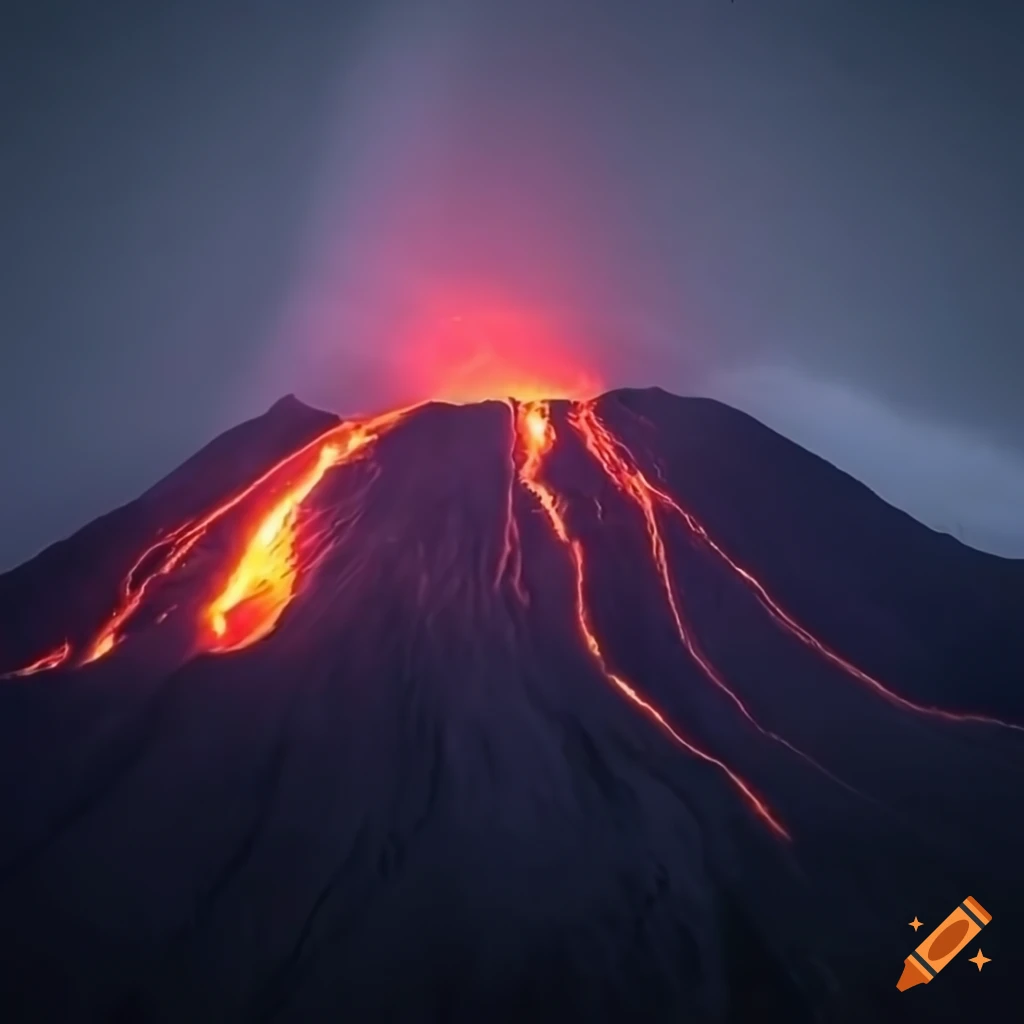
Shield volcanoes
Constructive plate boundaries
Built of fluid lava flows which cools and solidifies from the summit vent creating a gentle slope
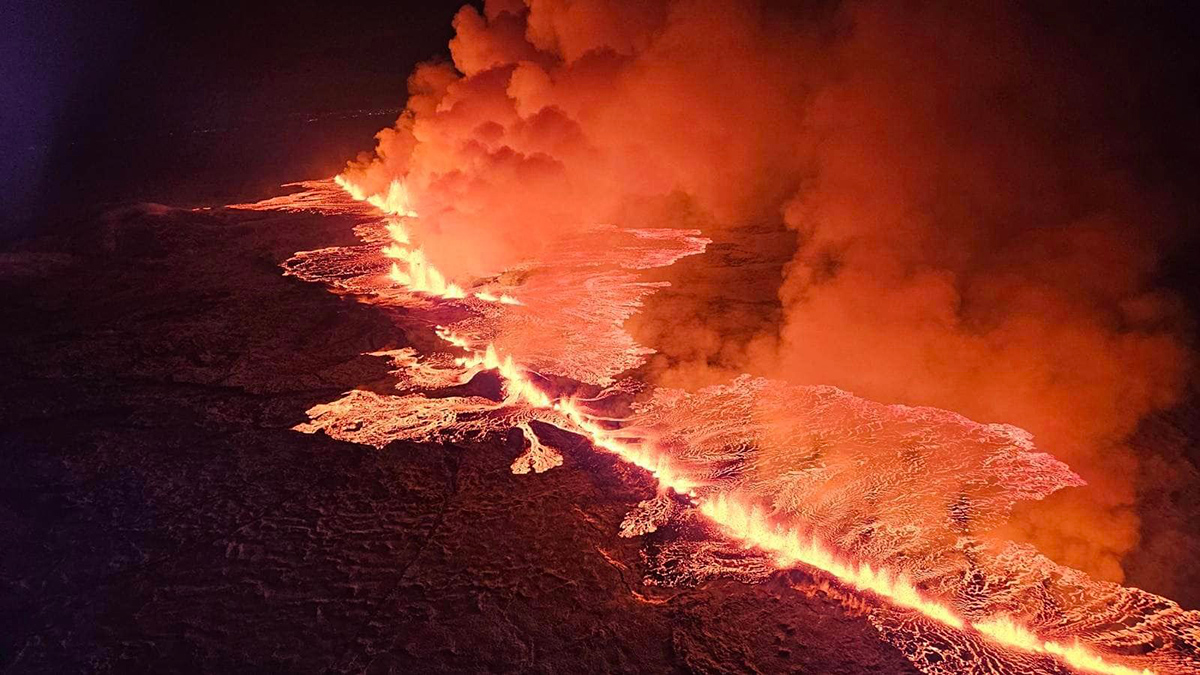
Fissure volcanoes
Constructive/destructive plate boundary
Basaltic lava slowly seeps onto a flat plain; volcano is hardly visible
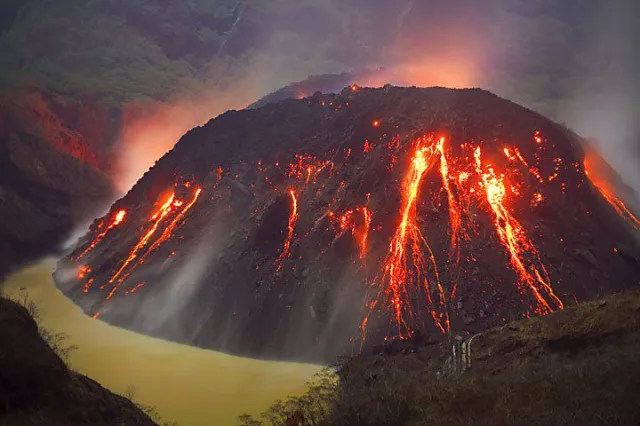
Acid dome volcanoes
Very viscous lava which solidifies quickly giving a steep-sided cone
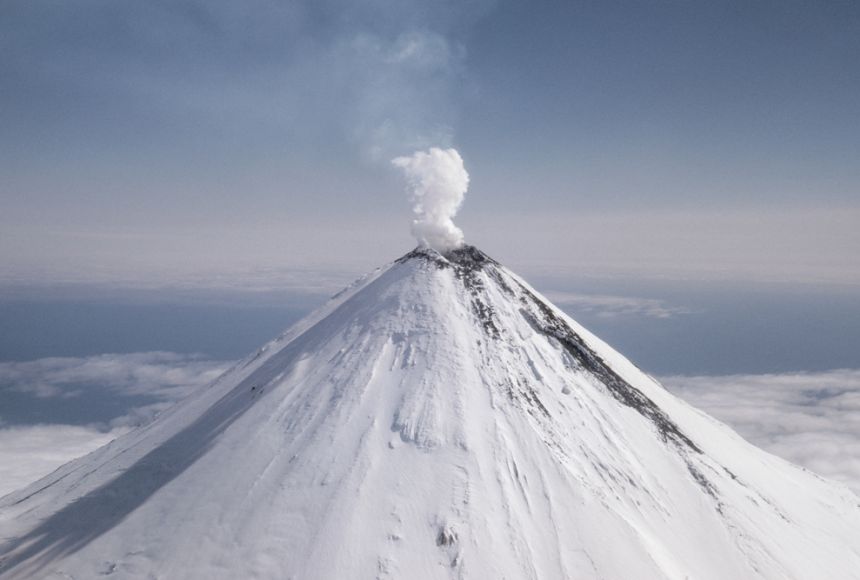
Composite volcanoes
Destructive plate boundaries
Typically large and steep sided with alternating layers of lava flow and ash
They have an internal pipe system which feeds the volcano from below the Earth’s crust
They tend to have a crater as well as vents and when it erupts it may rise above 2500m in height
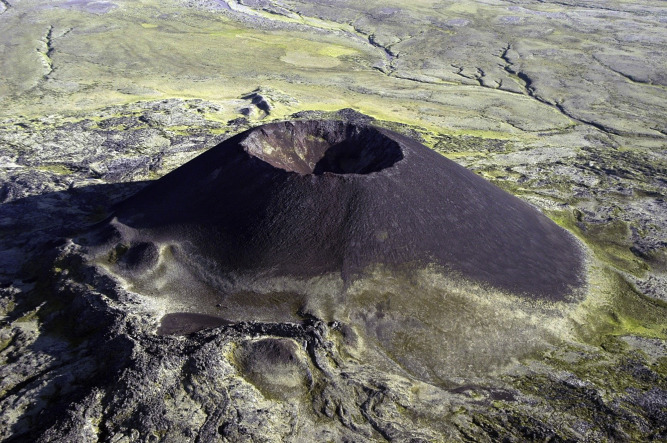
Ash-cinder volcanoes
Destructive plate boundary
Loose debris from the explosion falls around the volcano and builds a conical shape
e.g. Eric Barone crashed his bike on Cerra Negro, an active cinder cone volcano in Nicaragua
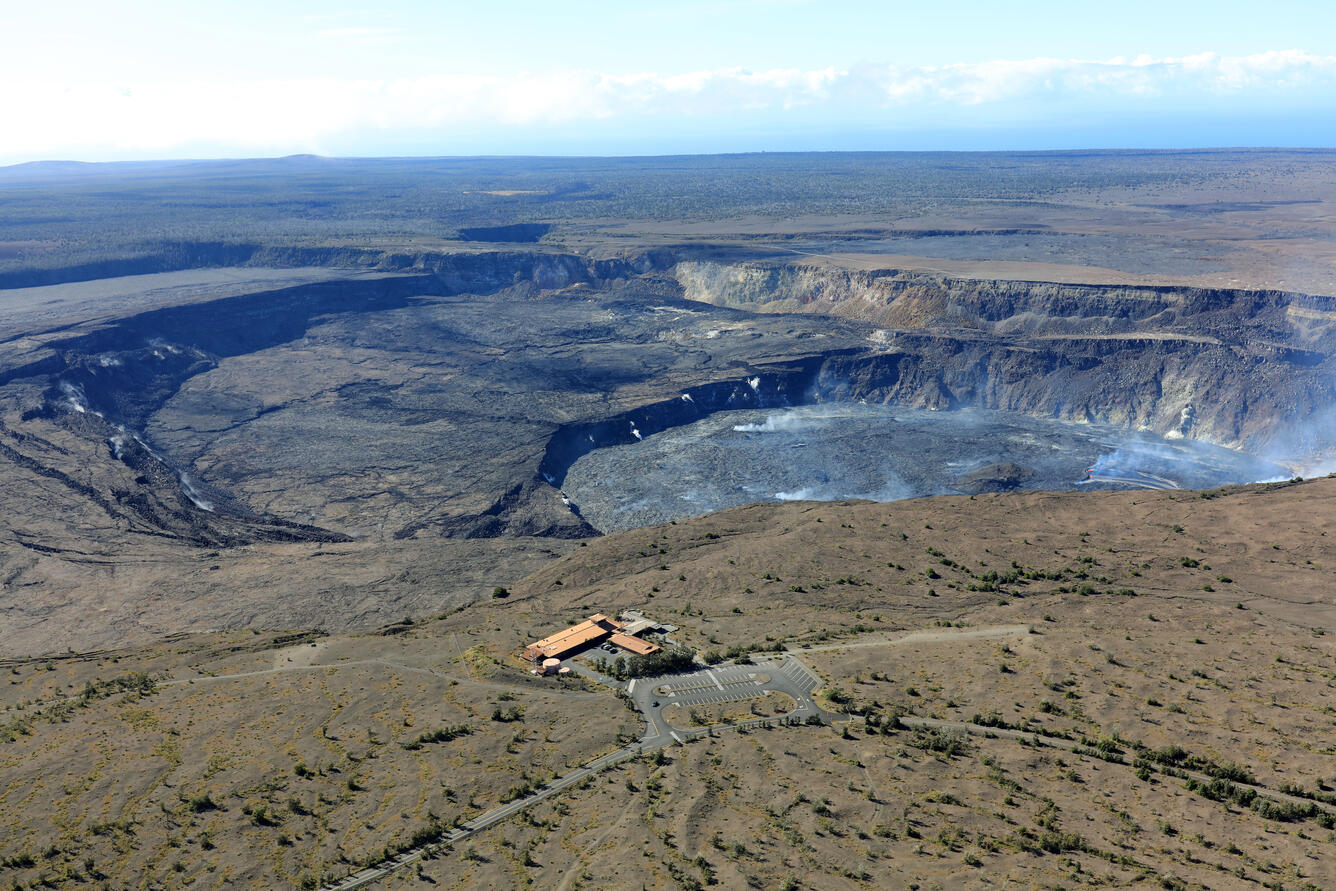
Caldera volcanoes
Huge explosions remove the cone summit leaving a large opening which may become flooded
When supervolcanoes erupt, they will also leave behind a caldera
Mnemonic for describing distribution
GCSE
General trend
Calculation (% change, etc.)
Specifics (time, dates, amounts)
Exceptions (anomalies)